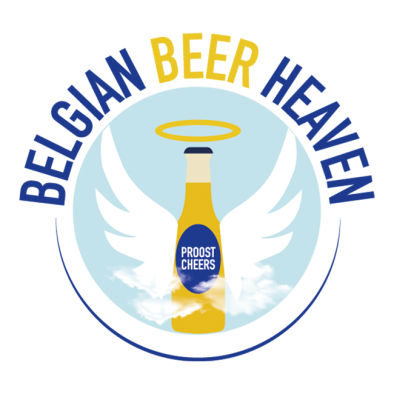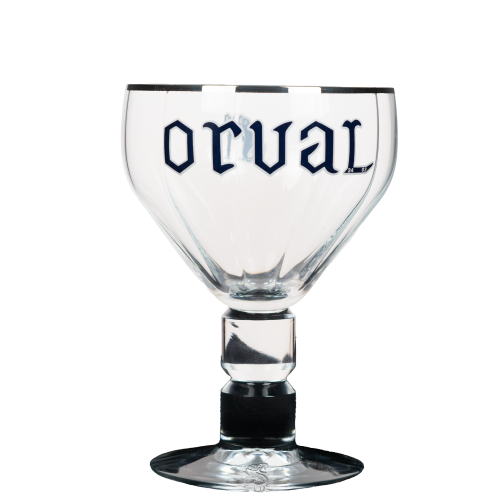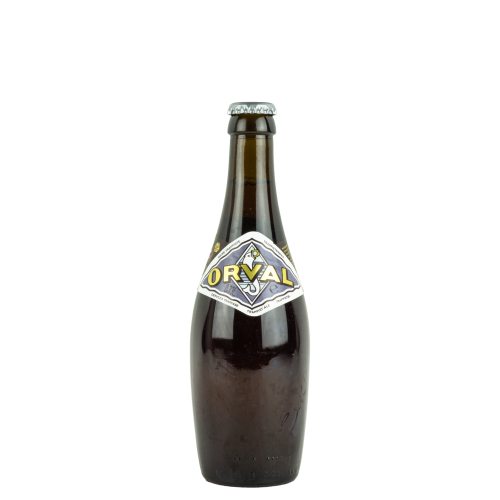Brasserie d'Orval
Throughout Orval's extensive history there seems to have always been a brewery, as evidenced by old plans, a detailed description of the production process by a Franciscan from 300 years ago, and the place name "hoplochting" near the monastery. In these regions, which were not suitable for viticulture, beer brewing was a common practice. Beer was highly regarded for its nutritional value, often referred to as "liquid bread".
From 1529 onwards, when Emperor Charles allowed the monks to establish an ironworks to generate the necessary income to repair the extensive war damage, Orval Abbey always served as a stage for economic activity that went beyond what was necessary for the maintenance of the community.
After the resurrection of Orval, after more than 130 years in ruins, significant financial resources were required to rebuild the abbey. The establishment of the brewery was intended to take over the role of the former iron smelter.
In 1931, the brewery was not built to provide work for the monks, who were already baking bread and making cheese. From the beginning, laymen were employed. The first master brewer, the German Martin Pappenheimer, now rests in the cemetery of Villers-devant-Orval.
He and the Belgians Honoré Van Sande and John Vanhuele, who worked at the brewery during the same period, are the founders of this unique beer. They were daring: the combination of production methods they used could not be found anywhere else. Several of these methods, such as "steeping" the malt and "dry hopping", are English. John Vanhuele probably brought them from England, where he lived for a long time. The aroma and refinement of the beer's taste are due more to the hops and yeasts than to the malts used.
The recipe, the glass, the bottle and the label, as we know them today, are still the same as in the early 1930s.
Products from Brasserie d'Orval




